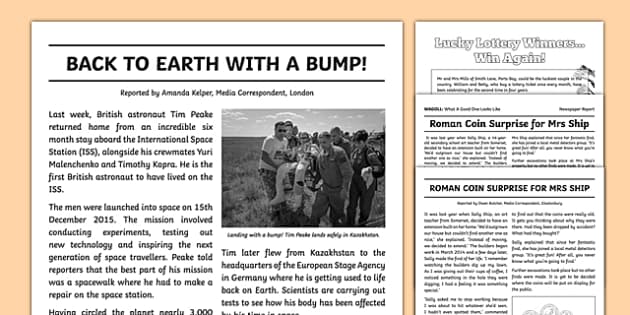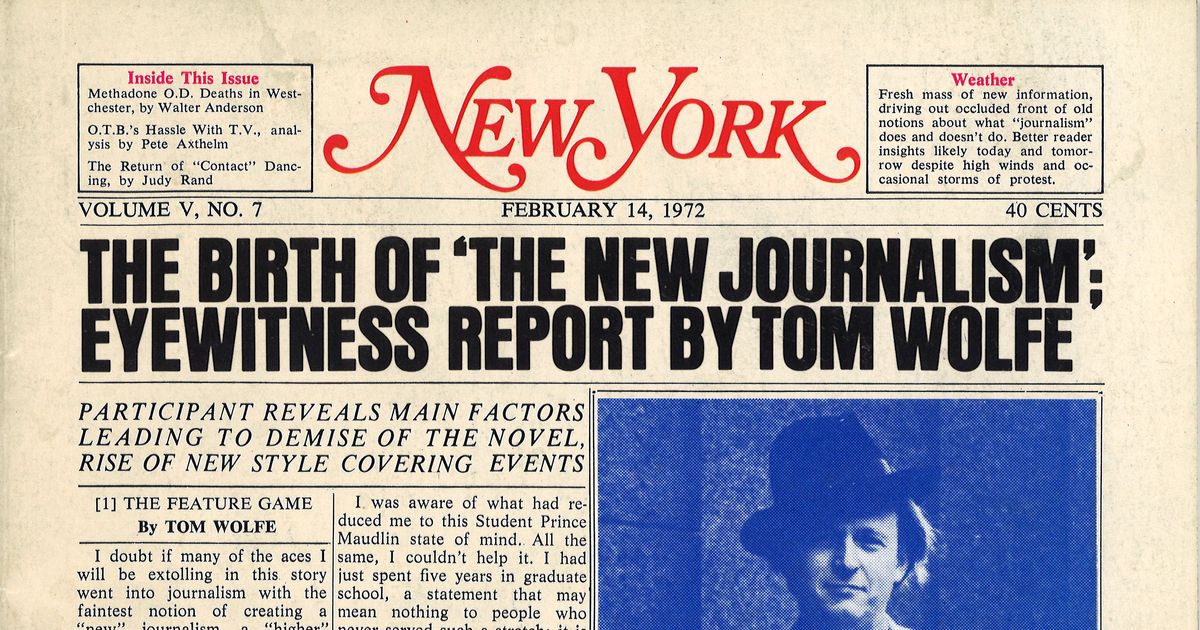Getting My News Articles To Work
The News Articles Statements
Table of ContentsRumored Buzz on News ArticlesTop Guidelines Of News ArticlesAll About News ArticlesNews Articles Things To Know Before You Get ThisThe Greatest Guide To News Articles
Great knowledge of different subjects provides students an one-upmanship over their peers. Despite the fact that electronic and social media sites are readily obtainable, we must not fail to remember just how important it is to review the newspapers. Parents must try and instill the behavior of reviewing a newspaper as a day-to-day routine to continue the heritage of the revered print tool.Information stories also contain a minimum of one of the complying with essential features about the designated audience: closeness, prominence, timeliness, human passion, oddity, or effect. The associated term journalese is occasionally utilized, generally pejoratively, to describe news-style writing. An additional is headlinese. Papers typically comply with an expository writing style.
Within these limitations, news stories also aim to be comprehensive. Among the bigger and a lot more revered newspapers, fairness and balance is a significant element in offering information.
Newspapers with a global target market, for example, tend to use an extra official design of writing. The specific options made by an information electrical outlet's editor or editorial board are often accumulated in a style overview; usual design guides include the and the US Information Style Publication. The main goals of information writing can be summed up by the ABCs of journalism: precision, brevity, and clearness.
The Definitive Guide for News Articles
Generally, journalists will not utilize a long word when a brief one will certainly do. They use subject-verb-object building and construction and vibrant, active prose (see Grammar). They use anecdotes, examples and metaphors, and they rarely depend upon generalizations or abstract concepts. Information authors try to prevent using the exact same word extra than as soon as in a paragraph (often called an "resemble" or "word mirror").
Nonetheless, headlines in some cases leave out the subject (e.g., "Jumps From Watercraft, Catches in Wheel") or verb (e.g., "Cat female fortunate"). A subhead (likewise subhed, sub-headline, subheading, subtitle, deck or dek) can be either a secondary title under the primary heading, or the heading of a subsection of the post. It is a heading that precedes the main text, or a team of paragraphs of the primary text.

of a post topic, informant, or interviewee), it is referred to as a pulled quote or draw quote. Additional signboards of any one of these kinds may show up later in the article (especially on succeeding web pages) to lure more reading. Journalistic web sites occasionally utilize animation methods to switch one signboard for one more (e.g.
Rumored Buzz on News Articles
Such billboards are also made use of as tips to the short article in other areas of the publication or site, or as advertisements for the piece in other publication or sites. Press launch of the Swiss government. Regular structure with title, lead paragraph (recap in vibrant), various other paragraphs (information) and call information.

Instance of a hard-lead paragraph NASA is suggesting one more my company space project. The firm's spending plan request, revealed today, consisted of a plan to send out one more objective to the Moon. This moment the company wants to establish a lasting facility as a jumping-off place for various other space experiences. The budget requests approximately $10 billion for the project.
An "off-lead" is the second most important front web page information of the day. To "hide the lead" is next page to start the short article with history information or details of additional relevance to the visitors, requiring them to read even more deeply into a post than they must have to in order to uncover the important factors.
News Articles Fundamentals Explained
Usual usage is that one or 2 sentences each form their own paragraph. Reporters usually explain the company or structure of a newspaper article as an inverted pyramid. The crucial and most intriguing elements of a tale are put at the beginning, with supporting info adhering to in order of reducing importance.
It enables individuals to explore a topic to just the depth that their interest takes them, and without the charge of information or nuances that they might take into consideration unimportant, yet still making that details available to much more interested readers. The inverted pyramid structure additionally makes it possible for posts to be trimmed to any type of arbitrary length throughout format, to suit the room offered.
Some writers start their stories with the "1-2-3 lead", yet there are many kinds of lead readily available. A kicker can refer to numerous points: The last story in the news program; a "happy" story to end the show.
Longer short articles, such as publication cover write-ups and News Articles the items that lead the inside areas of a paper, are understood as. Feature stories vary from straight news in a number of means.
6 Simple Techniques For News Articles
An attribute's very first paragraphs frequently associate an appealing moment or event, as in an "unscientific lead". From the details of an individual or episode, its sight promptly expands to generalizations regarding the tale's topic.

The Editor's Toolbox: A Recommendation Overview for Beginners and Professionals (2001) Allan M. Siegal and William G. Connolly. The New York Times Handbook of Design and Use: The Authorities Style Guide Used by the Writers and Editors of the Globe's A lot of Reliable Paper (2002) M. L. Stein, Susan Paterno, and R.